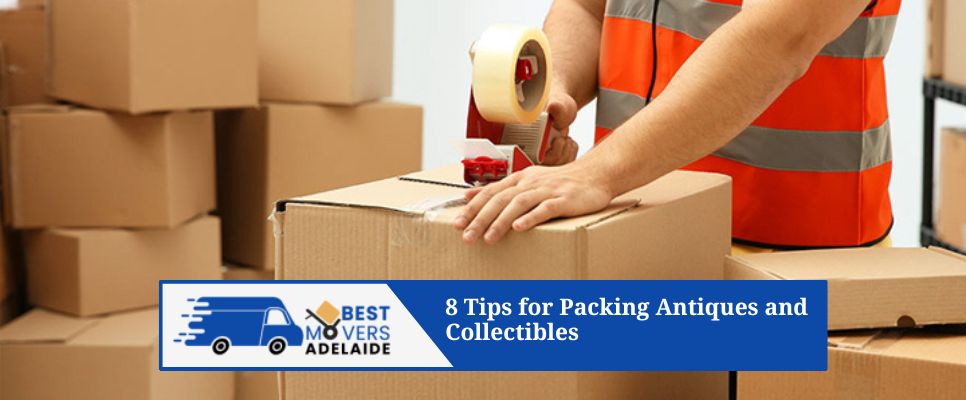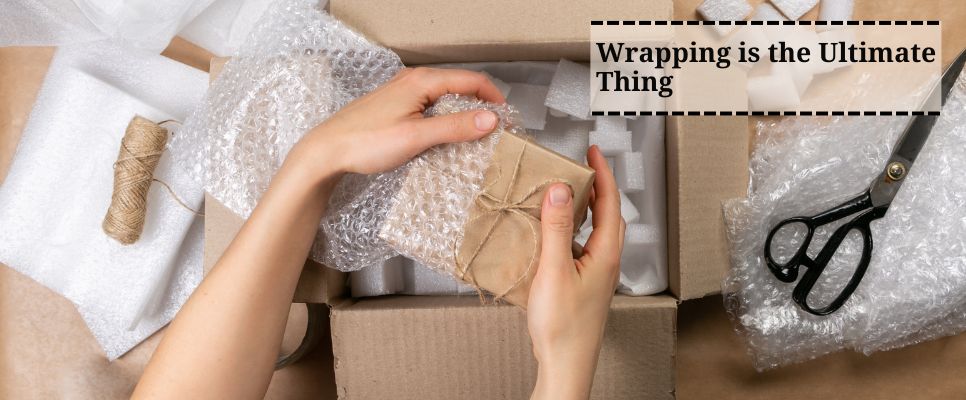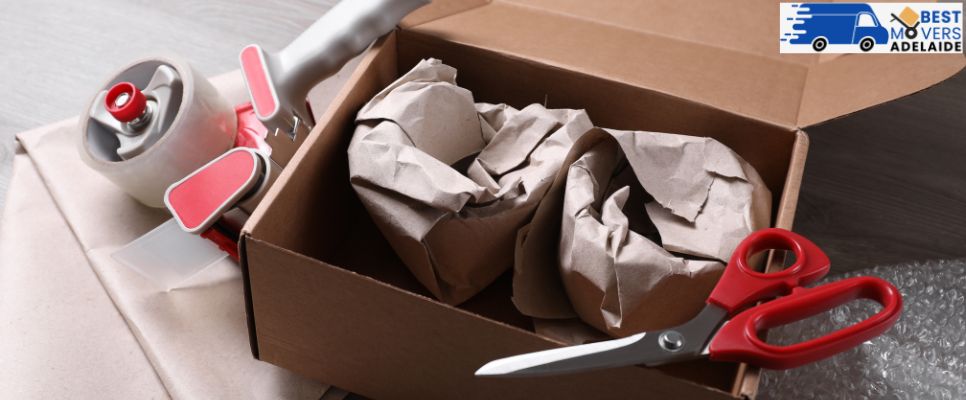Are you about to move to a new location and concerned about how to pack antiques and collectibles during the process? Worry not! Having the appropriate strategy and some helpful packing tips, you can make sure that your valued possessions arrive at their destination in one piece. In this blog, we have shared eight tips for packing antiques and collectibles. Hence, let’s get started without wasting time and hone the skill of packing them beautifully and safely!

How to Pack Antiques and Collectibles?
If you have decided to pack your antiques and collectibles yourself, you can be with us till the end.
-
Start with an Inventory:
Before you jump into the process of packing, you should first prepare an inventory list of all the antiques and collectibles you have. Start with the items that are sizeable such as furniture sets, art pieces, and other collectibles. Take pictures of all objects to prove their conditions before moving. For small items such as jewellery and trinkets, photograph them and write a list for the inventory. This step not only comprises a record of your goods but also acts as evidence in the event of any insurance claims.
-
Arrange High-Quality Packing Materials:
The use of high-quality packing materials is an absolute dealbreaker when antiques and collectibles are in question. Invest in durable and high-quality packaging boxes, bubble wrap, packing paper, and packing tape. For packing large items like paintings and mirrors, you can use special boxes according to item size. If your boxes are heavy and hard to hold, you can use extra tape to strengthen the box’s capacity. You can order these types of boxes from online or professional removalists in Adelaide. While buying your special boxes, ask for corner covers that will provide an extra layer of protection for the larger items. If you get accurate boxes for packing, you will be able to pack your valuable antiques properly.
-
Wrapping is the Ultimate Thing:

The right packing ensures an extra layer of protection that reduces the risk of breakage of your antiques during the journey. For porous items such as books and artworks, use archival tissue that is not acidic and foam or stretch wrap for the glassware and wood items. For example, delicate paper items such as vintage postcards, collectible magazines, pictures, or historical newspapers, use waterproof packaging, such as sealed plastic bags, to protect them. Put the waterproof bag in between the cardboard layers to avoid folding and creasing. Place the packaged items into the hard plastic case or box for more secure transportation. For fragile items like glassware, use at least two layers of protective material, including but not limited to bubble wrap. Use a container bigger than the item and fill it with cushioning materials such as adhesive bubble wrap, plastic foam peanuts and crumpled newspaper. Put the smaller box containing the gift into the bigger box that is already equipped with more protective packaging. Make sure there is enough padding around the inner box to prevent it from damaging during transit.
-
Provide a Protective Shell:
On top of it all, you should consider purchasing wooden crates to keep your antiques in during the moving process. These crates provide super protection and consequently assure you at all times that your valuables will not only remain safe but also secure throughout the trip. If your collectibles have a hollow inside, highly recommend that stuff them inside with crunched newspapers and cover them with bubble wrap. After wrapping them with bubble wrap, now place them in boxes carefully. Use three layers of protection, including shock and vibration protection, a protective wrapper, and a strong outer shell, for antique furniture.
-
Fill Empty Spaces:
Adding more to how to pack antiques and collectibles, you can make sure not to leave any empty spaces in your cardboard boxes, because this can lead to a higher risk of being damaged while being handled and stored. Stuffed old newspapers in any air bubbles to improve cushioning as well as support. For example, wrap vases and ceramic items into bubble wrap, then place them in boxes that are filled with foam to keep them from shuffling during transport.
-
Packing Paper Items:

The best strategy is to keep your delicate paper items including books, comics and magazines secure from moisture, insects, and scraping when you pack them. Use high-quality plastic sheets, popularly known as Mylar bags, as the additional layer of safety. These bags can shield environmental remnants and thus guard the condition of your papers during shipping and storage.
-
Using Extra Bubble Wrap:
To be on the safe side you should use an additional layer of bubble wrap for heavy items which have some added cushion features such as delicate collectibles or metal objects. Get your reinforced box ready by putting a couple of extra squares of bubble wrap on the bottom. This helps provide a stable floor thus the risk of damage by impact or pressure is minimised during handling and transit.
-
Protecting Metal Items:
Metal objects like tin toys, silverware, and brass lamps are vulnerable to scratches and dents while being moved during relocation. Secure these things by wrapping them in bubble wrap or putting them in a Styrofoam-filled box. For additional protection, pack these items carefully using soft materials like old clothes or linen before you store them away. This cushioning layer will be able to take on the shock and protect your valuable metal piece.
Conclusion
A final thought on how to pack antiques and collectibles needs cautious planning and paying close attention to given details. Following these 8 crucial steps will assure you that you are securely moving your treasured belongings to their new destinations. Make sure to start early, good packing materials must be used, including seeking professionals where necessary. Move your antiques and collections to a credible relocation company that has experience in the handling of sensitive objects with care. With the right approach, you can make your relocation a stress-free and smooth move for you as well as your valuables.
<>Read more on for blog :


 4.3
4.3
 207+ Reviews
207+ Reviews



